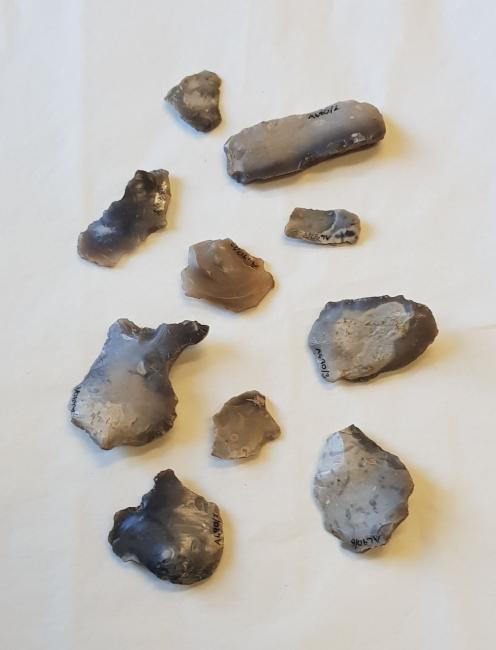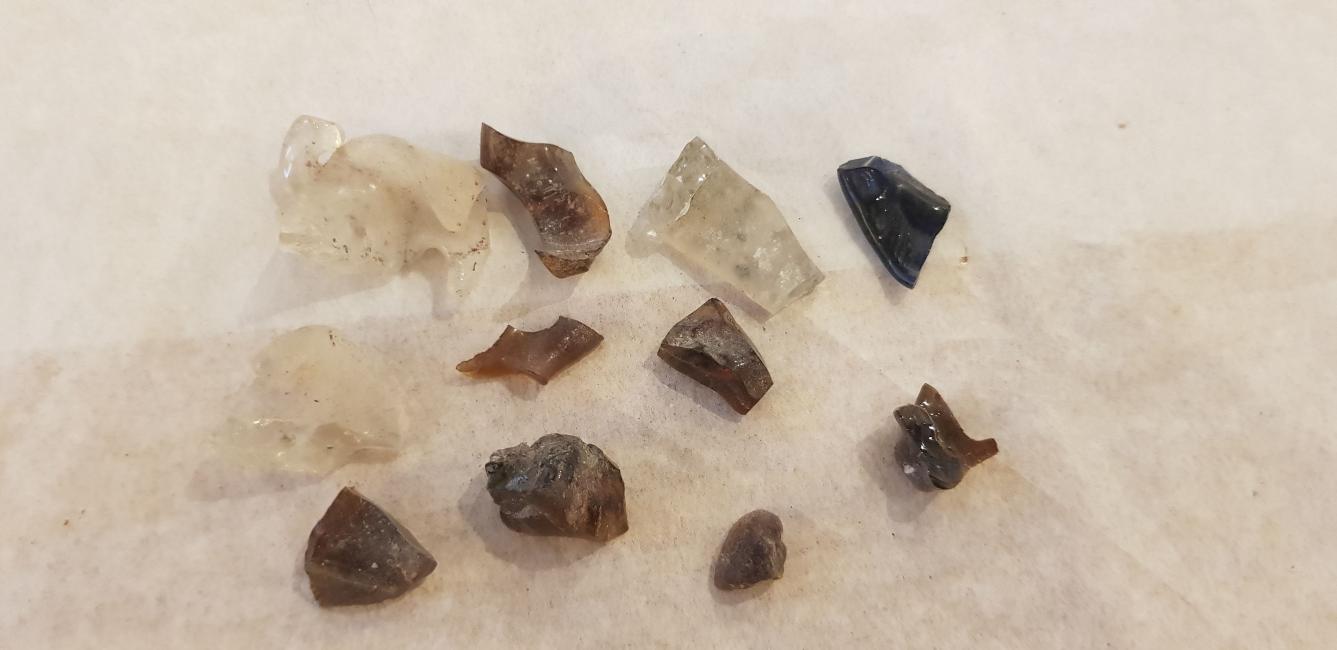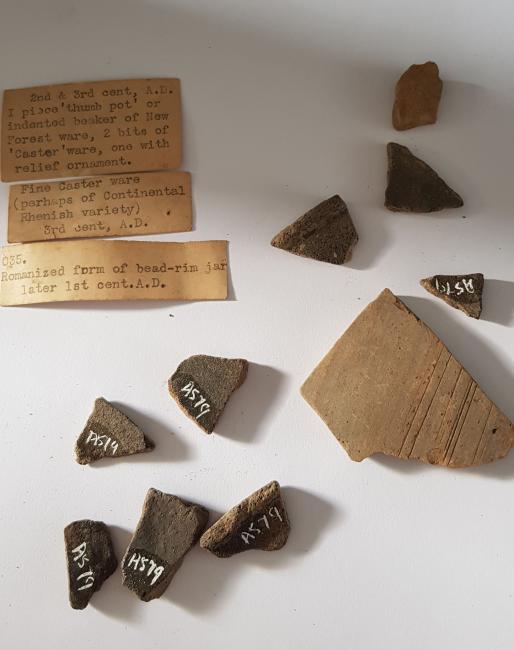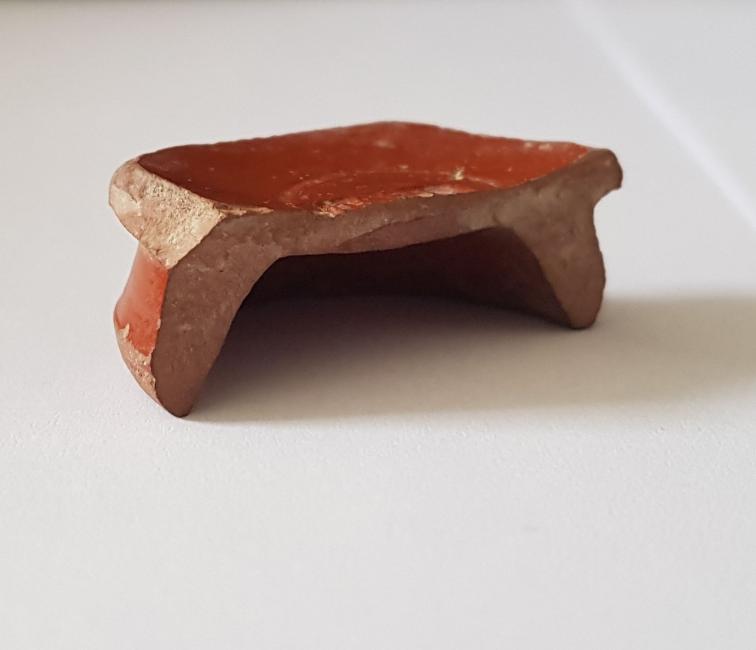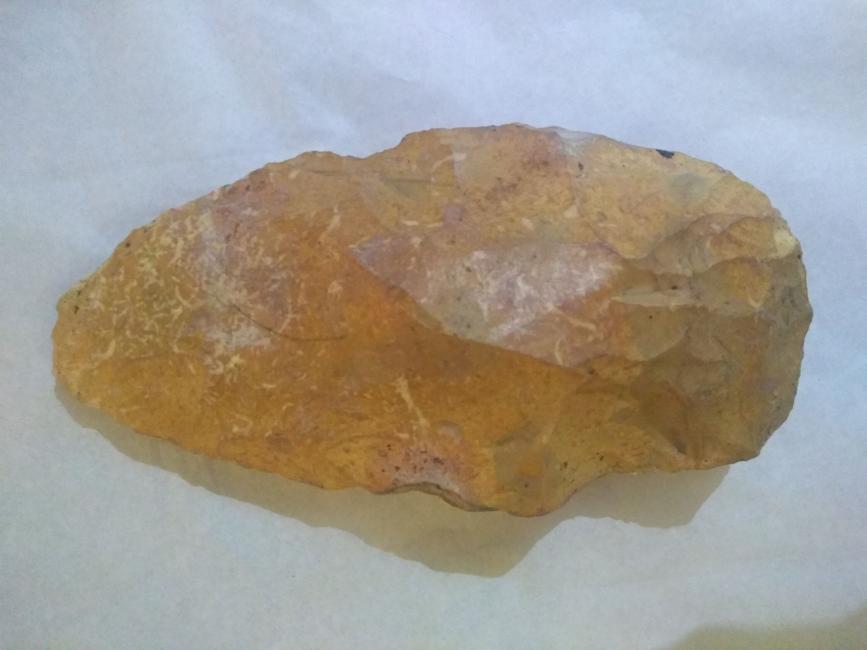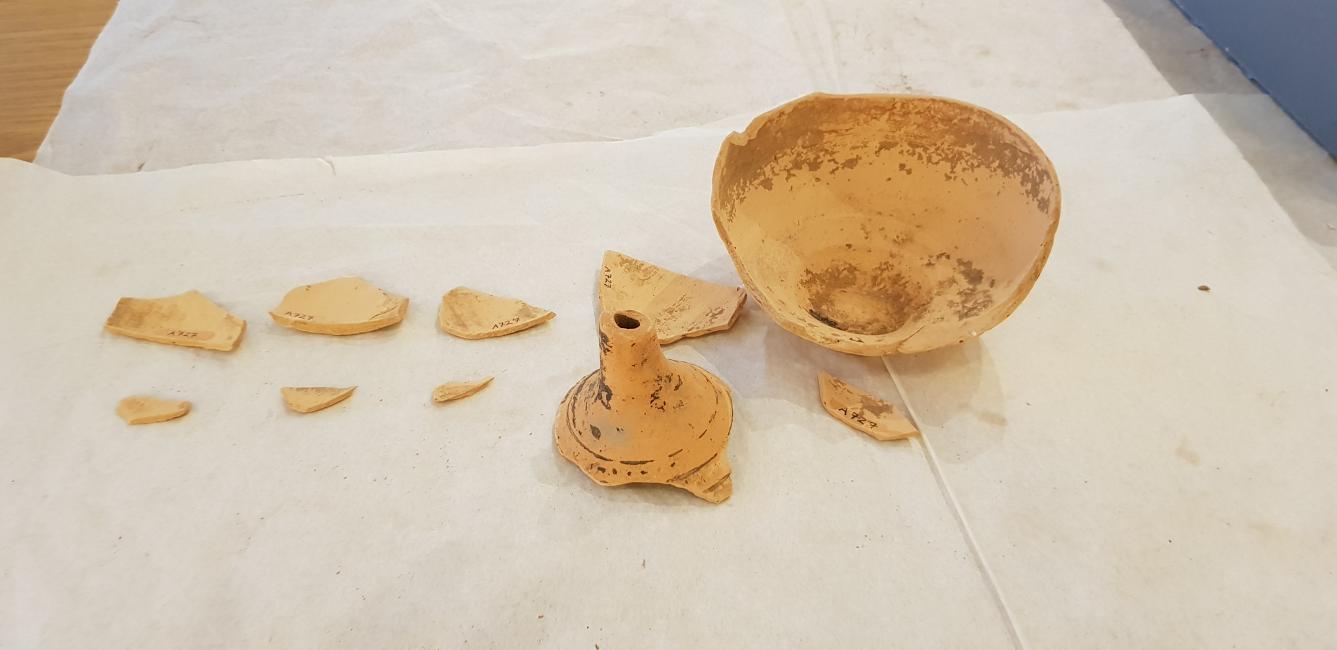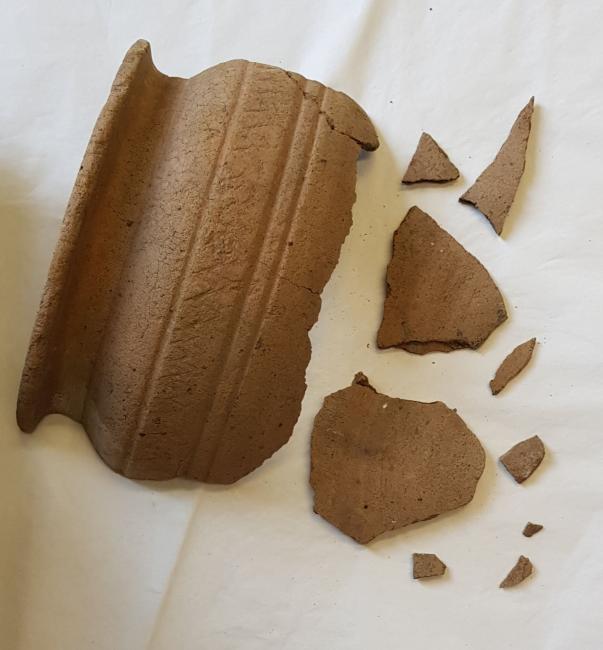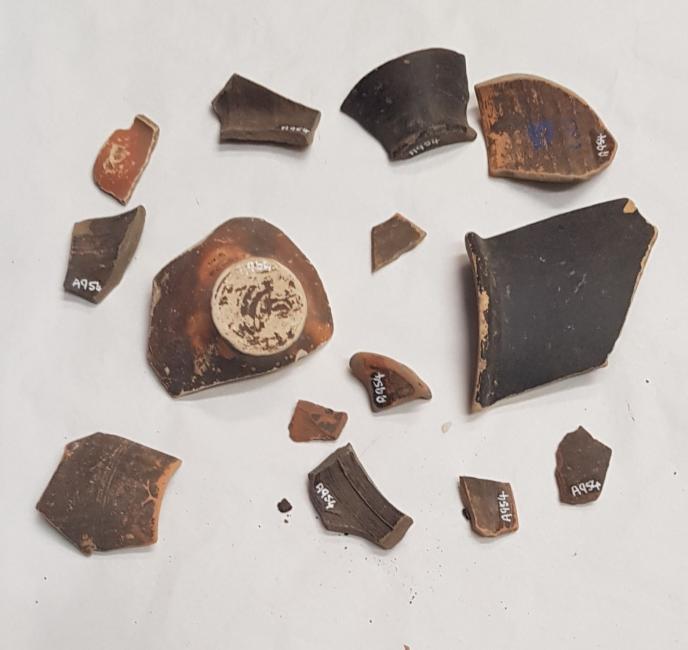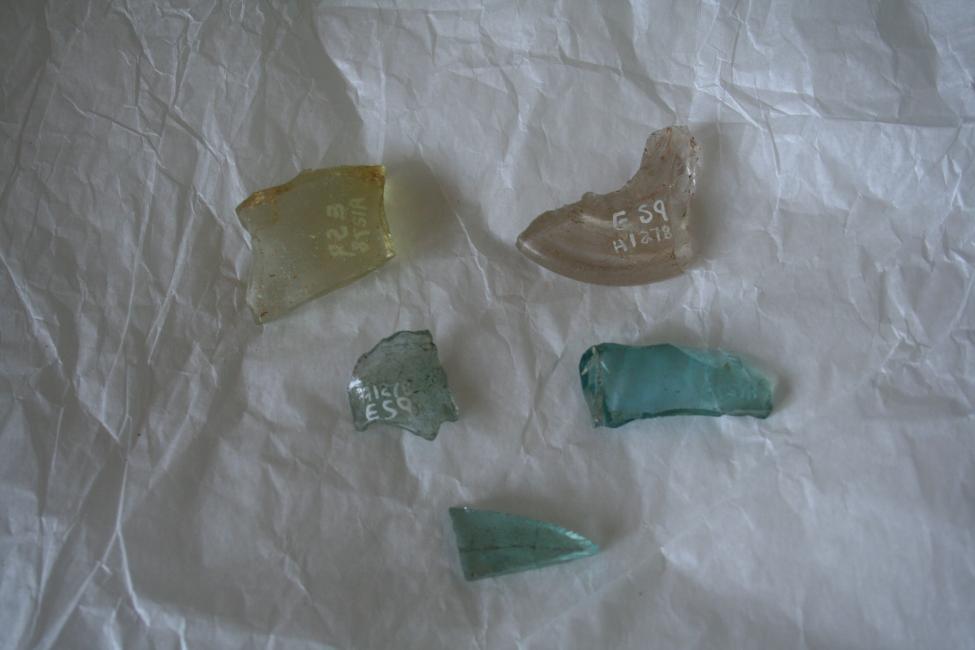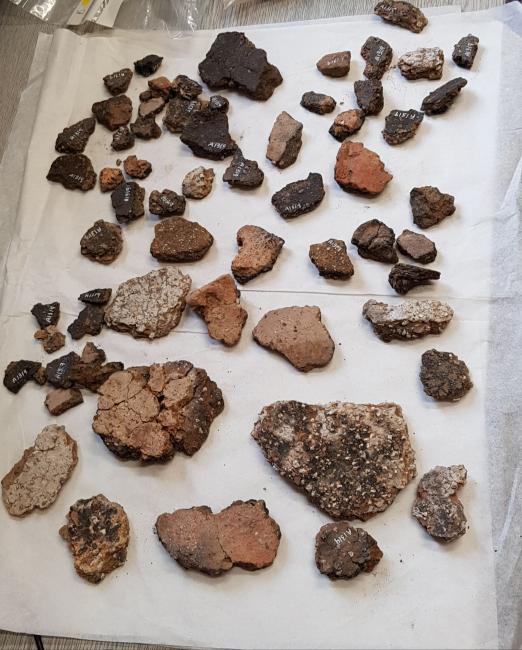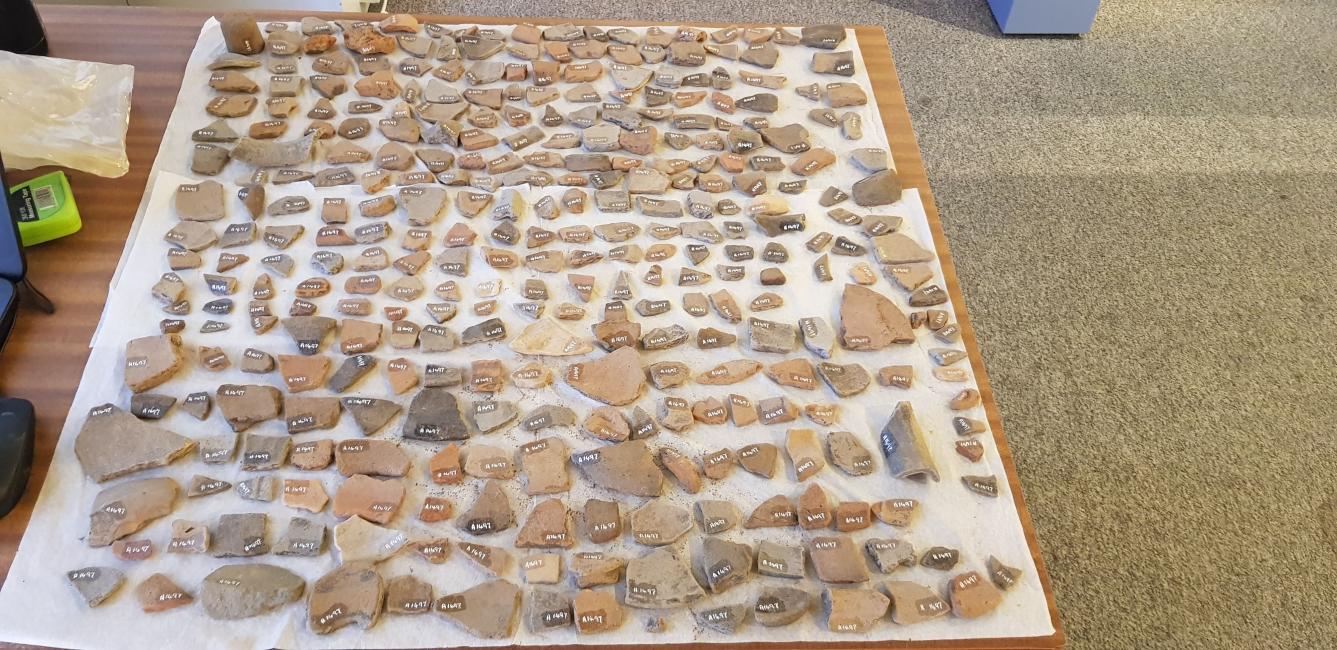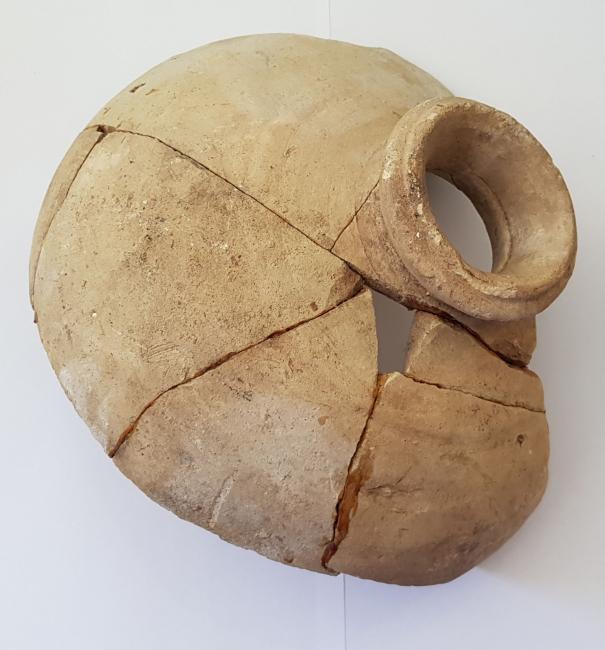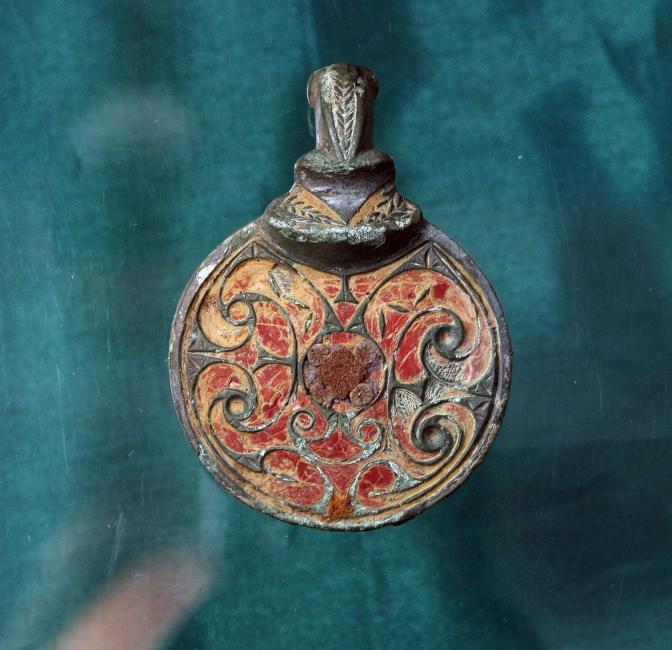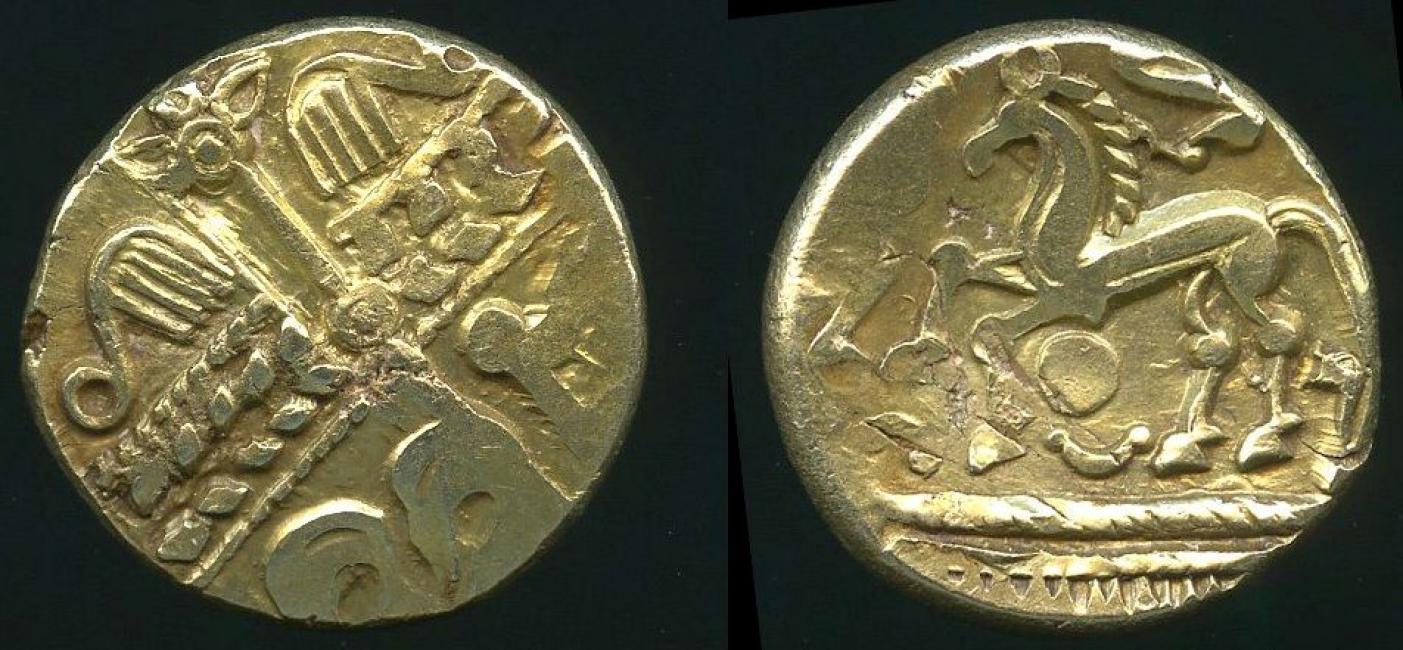Archaeology
Littlehampton Museum is the repository for professional archaeological digs for a wide area surrounding Littlehampton including Angmering, Barnham, Climping, Eastergate, Felpham, Ford, Littlehampton, Lyminster, Crossbush, Middleton-on-sea, Poling, Walberton and Yapton. This wide array of finds covers the history of the area from prehistory to the present day, with the largest proportion of the collection relating to Roman or Iron Age material.
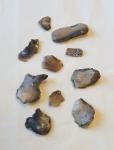
Mesolithic to Neolithic
10,000 BCE - 2,500 BCE
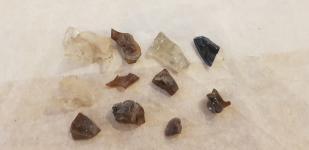
Mid-late medieval period
c. 12th - 16th centuries (1100 - 1500 CE)
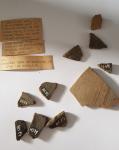
Romano British 1st - 3rd Century ACE
43 CE - 299 CE

Frazer Hearne
1928
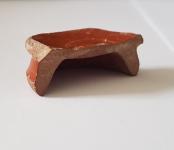
Shepherd's Garden, Arundel Park, 1935.
1st Century CE
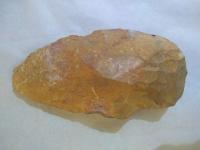
Royal Oak, Slindon
1929
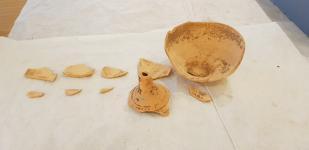
Highdown Hill
1969
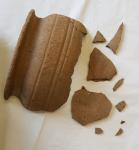
Romano British
1st Century CE
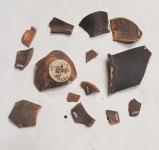
Romano British
1st - 4th Century CE
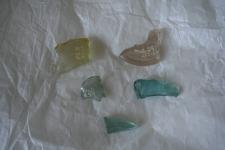
Angmering Roman Villa
1st Century CE
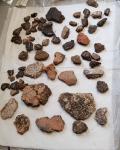
800 BCE - 100 CE
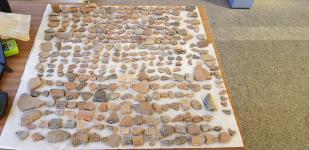
Romano British
1st - 4th Century ACE
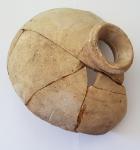
Toddington Lane
c. 1st - 4th Century CE
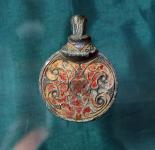
Portable Antiquities Scheme Treasure Find
600 - 725 ACE
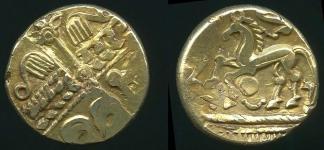
Portable Antiquities Scheme Treasure Find
50 - 30 BCE
